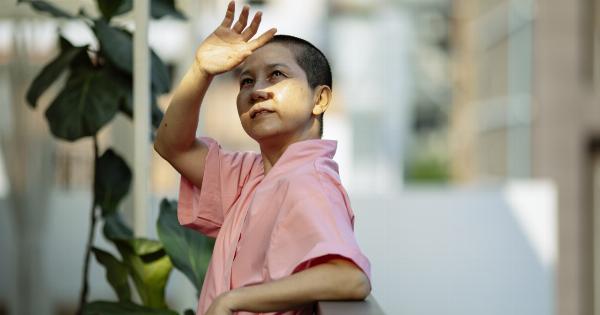Breasts are a significant part of a woman’s anatomy. They are not only considered an appealing physical feature, but they also play a critical role in nurturing a newborn child.
Breasts, like any other body part, can go through changes as a result of different factors, including puberty, pregnancy, weight changes, aging, and hormonal imbalances.
Breast Growth in Women
Breast development tends to start around the age of 8 to 13 in females. This development stage marks the start of puberty, where the ovaries start producing hormones called estrogen and progesterone, which stimulates the development of breast tissue.
The breast size during puberty can range from an A-cup to a D-cup, and it is entirely normal for one breast to grow faster or be larger than the other.
As women progress through puberty and into adulthood, their breasts continue to undergo changes, including weight fluctuations, pregnancy, breastfeeding, and aging, which can cause sagging and a decrease in volume.
While breast growth is typically associated with puberty and pregnancy, hormonal imbalances may cause breast growth in adult women, particularly those experiencing menopause.
Breast Growth in Men
Breast growth in men is not uncommon and is usually attributed to a condition called gynecomastia, which causes the development of breast tissue in men.
The condition often occurs during puberty and can be a source of embarrassment and anxiety for young men.
Several factors contribute to the development of gynecomastia, including hormonal imbalances, medications, and alcohol or drug use. The condition can be temporary, resolving spontaneously, or may require medical intervention in more severe cases.
It is vital to note that breast growth in men is not always a result of gynecomastia, and some men experience a growth in breast or chest size due to weight gain or muscle development.
However, in such cases, the breast tissue is not always present, and the appearance may be more related to pectoral muscle development than actual breast growth.
Why Breast Growth Matters
Breast growth in females is an essential part of puberty and plays a significant role in a woman’s reproductive system.
The development of breasts is an indication of sexual maturation in females, and it plays a critical role in nourishing newborns. Furthermore, breast size is often associated with femininity and attractiveness, and many women aspire for a certain breast size or shape.
While breast growth in men is not usual, it can be a source of discomfort or embarrassment, causing anxiety and body image issues.
Understanding the underlying causes and treatment options for breast growth can aid affected individuals in managing their symptoms better.
Treatment of Breast Growth
The treatment for breast growth varies based on the underlying cause. In the case of gynecomastia, treating the underlying hormonal imbalance or discontinuing medications can help reduce breast size.
Surgery may be necessary in severe cases or if the gynecomastia is causing significant emotional distress.
For females seeking breast augmentation, surgical procedures are often the only option. Breast augmentation surgery involves the placement of breast implants, which can increase breast size and create the desired shape.
This surgery typically requires general anesthesia and involves a recovery period of several weeks.
Alternative options for breast augmentation include fat transfer from other parts of the body or using injectable fillers. However, these methods are not as effective as surgical procedures and may not be long-lasting.
Conclusion
Breast growth is not just a matter of physical appearance; it can also be a source of related medical concerns and emotional distress.
Understanding the causes, diagnosis, and treatment options for breast growth can help manage symptoms and lead to a better quality of life. It is essential to seek medical consultation if you experience breast growth to diagnose the underlying cause and determine the appropriate treatment course.



























